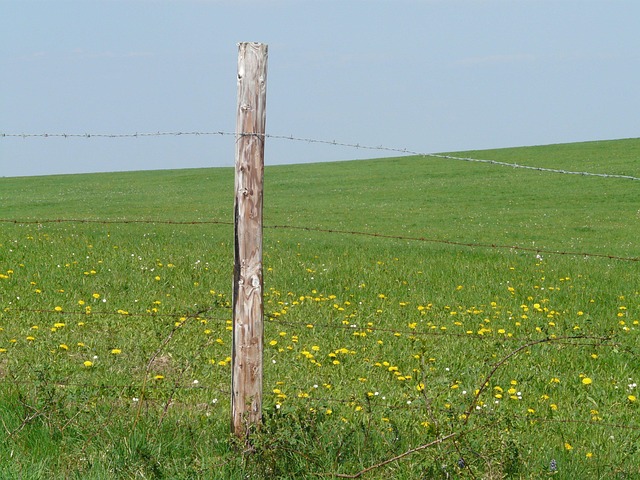Introducing Durable Wooden Fencing for Coastal Areas
Coastal environments pose unique challenges for fencing, with saltwater corrosion, strong winds, and varying climates demanding robust solutions. This article explores the benefits of durable wooden fencing as a viable alternative to traditional materials. We delve into the advantages, from enhanced longevity to aesthetic appeal, offering a comprehensive guide on choosing the right wood species and essential maintenance tips to ensure your fence stands the test of time in even the most challenging coastal conditions.
- Understanding Coastal Fencing Challenges
- Advantages of Durable Wooden Fencing
- Choosing the Right Wood Species
- Maintenance and Longevity Tips
Understanding Coastal Fencing Challenges
Coastal areas present unique challenges when it comes to fencing due to their harsh environmental conditions. Salty air, frequent moisture, and strong winds can take a toll on traditional fence materials. Wood, in particular, requires careful consideration as it is susceptible to rot and insect damage in such settings. The primary goal is to install durable fencing that can withstand these elements, ensuring longevity and minimal maintenance.
One of the key challenges is selecting wood that can resist decay and corrosion caused by salt water. Treated timber varieties, like pressure-treated lumber or cedar, are popular choices due to their natural resistance to moisture and insects. Proper installation techniques, including adequate drainage and protection from direct contact with salt water, are also essential to mitigate potential issues.
Advantages of Durable Wooden Fencing
Durable wooden fencing offers an aesthetically pleasing and functional solution for coastal areas, where traditional materials like steel or vinyl might not be as suitable. One of its primary advantages is its natural resistance to corrosion, a common issue with metal fences that can lead to costly repairs. Wood also provides excellent insulation, helping to mitigate extreme coastal temperatures, which benefits both the environment and nearby structures.
Moreover, wooden fencing allows for greater design flexibility, catering to various architectural styles. Its organic texture enhances the overall beauty of a property, especially when treated or stained to complement surrounding landscapes. This versatility makes durable wood an attractive option for homeowners looking to enhance their coastal abode’s curb appeal while ensuring longevity and low maintenance.
Choosing the Right Wood Species
When selecting wood for coastal fencing, understanding the local climate and environmental conditions is paramount. Salty air, high humidity, and frequent rainfall can accelerate wood decay and degradation. Therefore, choosing rot-resistant or naturally durable wood species is essential. Redwood, cedar, and teak are well-known for their exceptional resistance to moisture and insects, making them top choices for coastal areas. These woods have unique natural oils that repel water and inhibit fungal growth, ensuring a longer lifespan even in harsh conditions.
Each species offers distinct characteristics and aesthetics, allowing homeowners to find the perfect fit for their preferences while knowing their investment will withstand the challenges of the coastal environment. Proper treatment and maintenance, such as regular sealing or staining, can further enhance the durability of these woods, providing beautiful, long-lasting fencing solutions.
Maintenance and Longevity Tips
When it comes to maintaining durable wooden fencing in coastal areas, regular cleaning and inspection are key. Remove any accumulated salt or debris from the fence using a soft brush or garden hose. A yearly application of high-quality preservative can help protect against moisture and insect damage, ensuring your fence remains strong against harsh weather conditions.
To maximize longevity, avoid using untreated wood in coastal environments. Opt for pressure-treated or naturally resistant woods like cedar or redwood. Additionally, ensure proper installation by anchoring the fence securely to prevent shifting from high winds or storms. Regular maintenance and smart material choices will help your wooden fencing withstand the test of time and maintain its aesthetic appeal.
